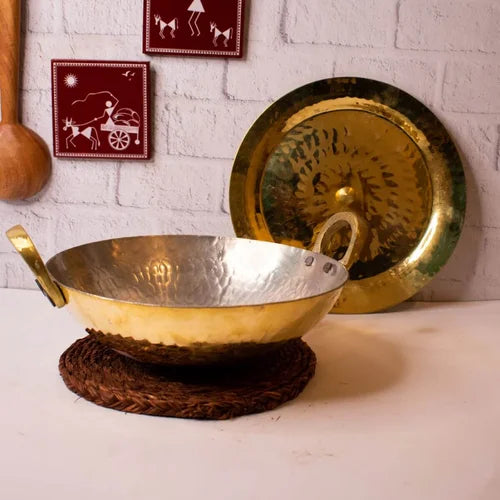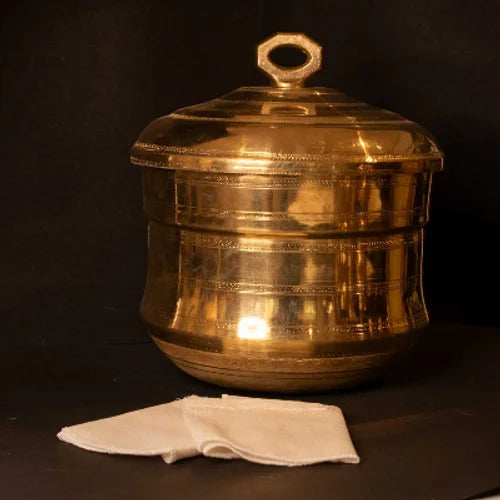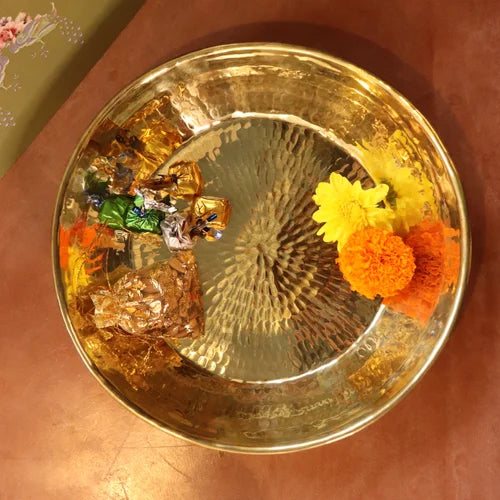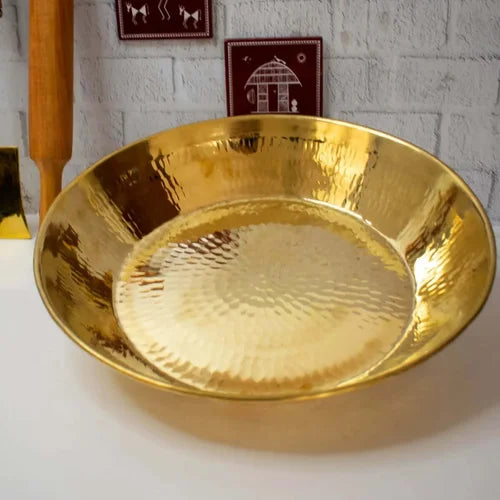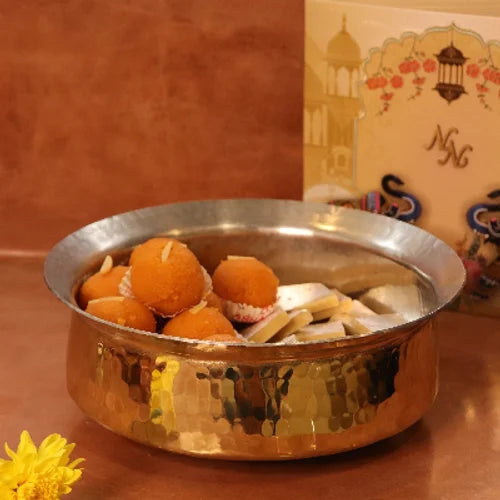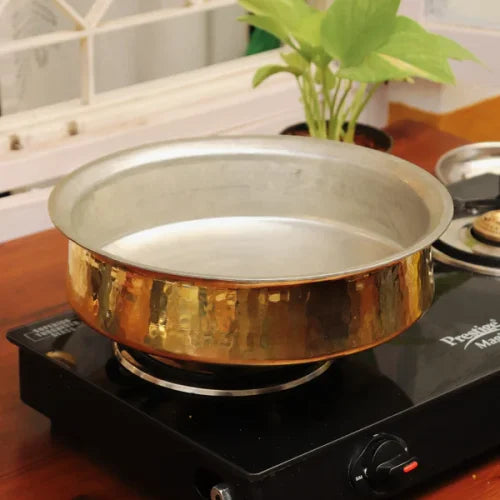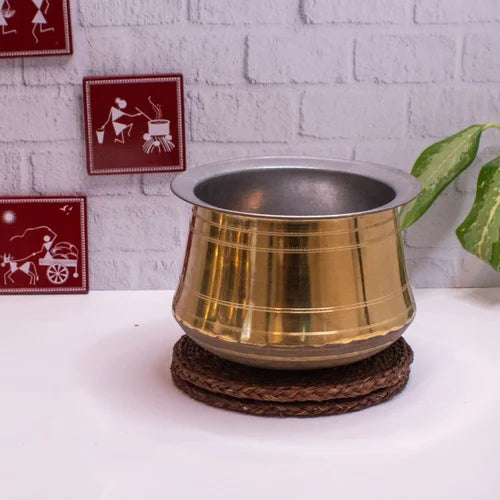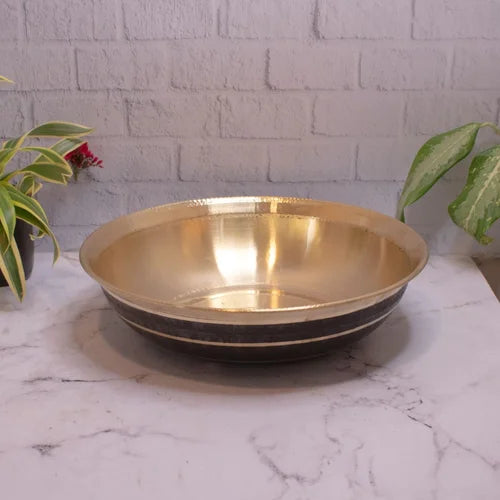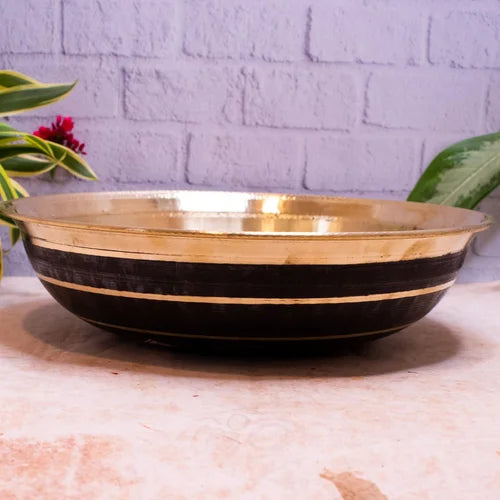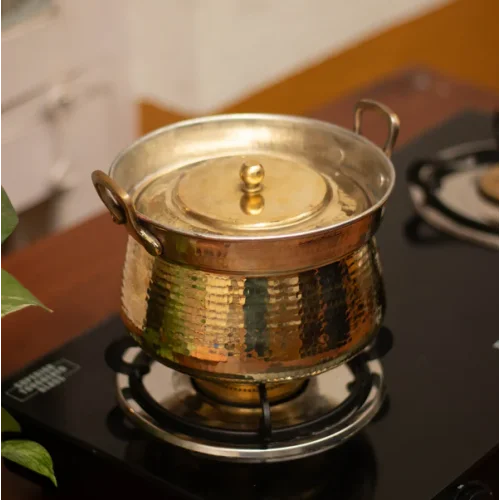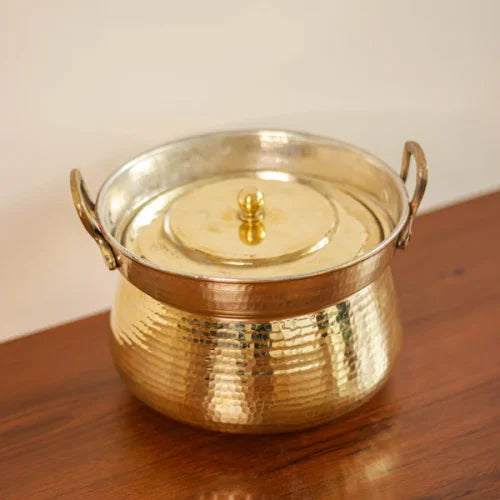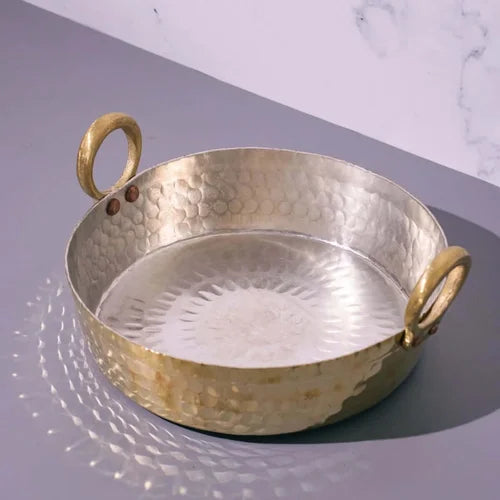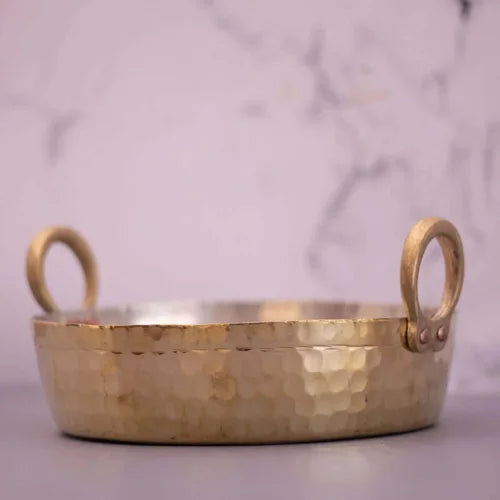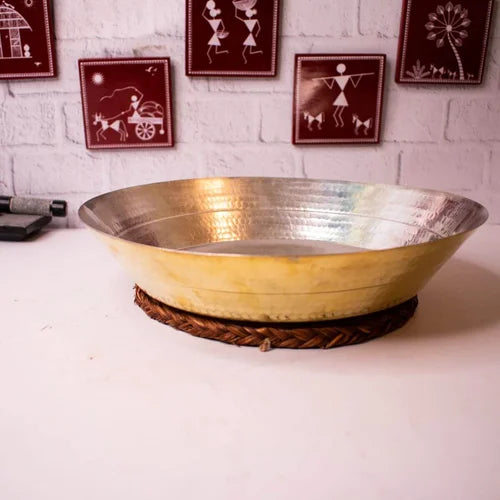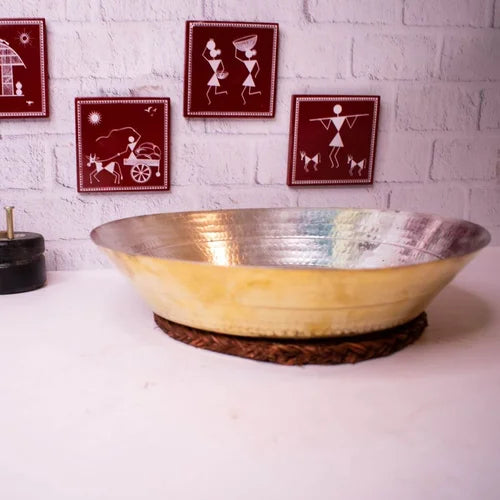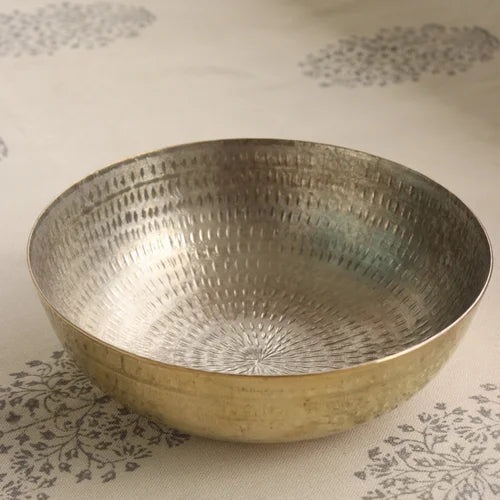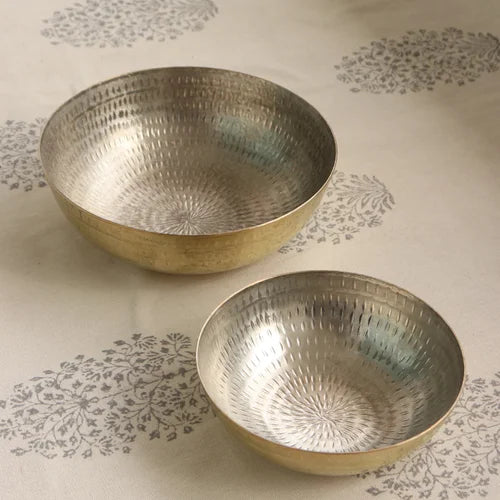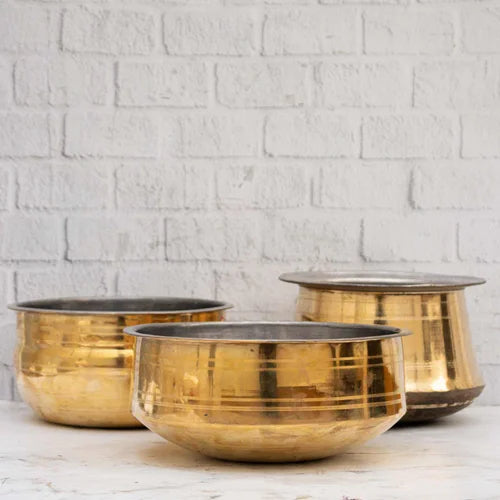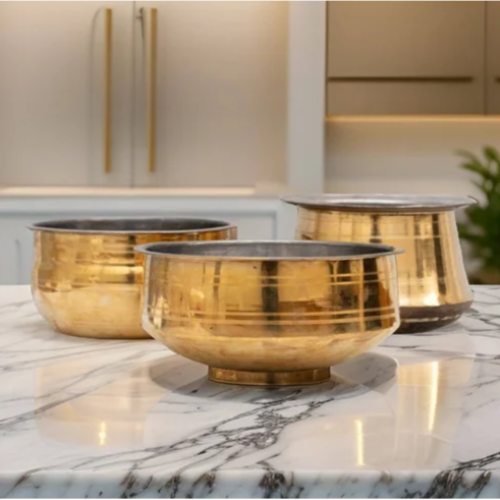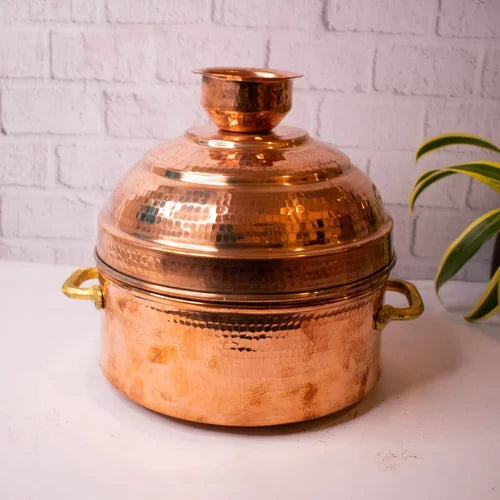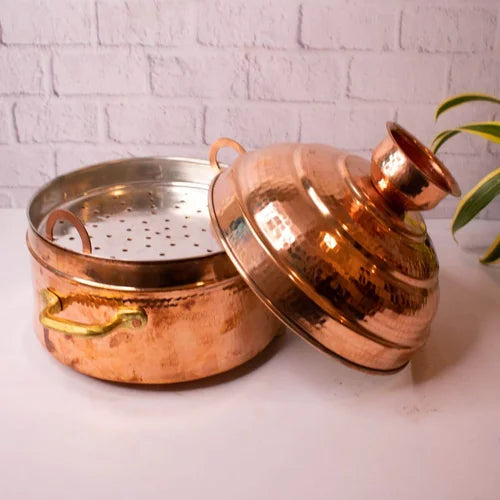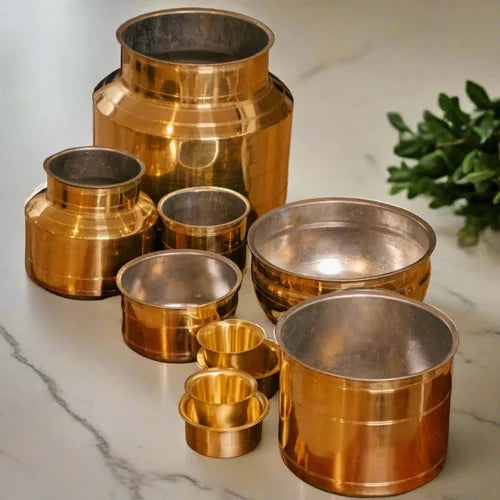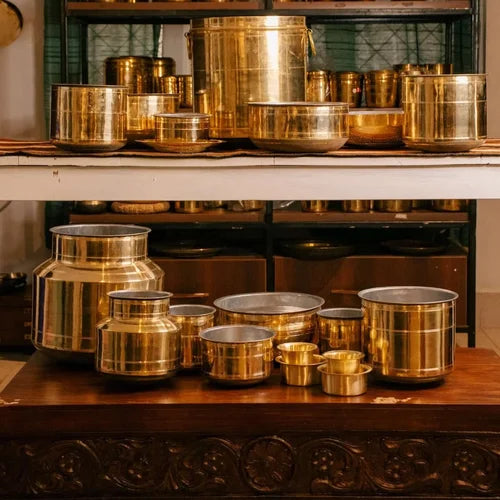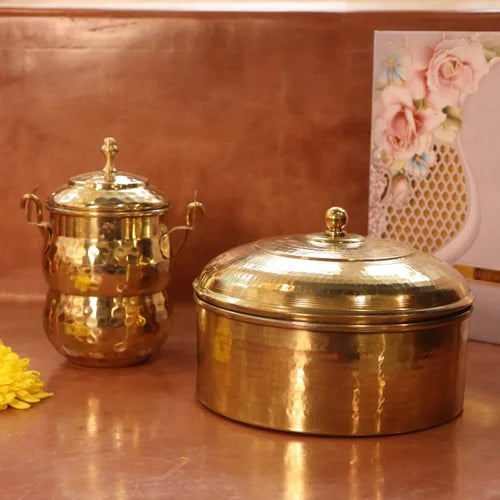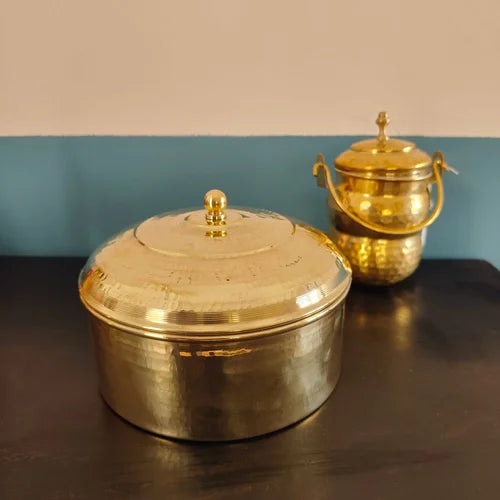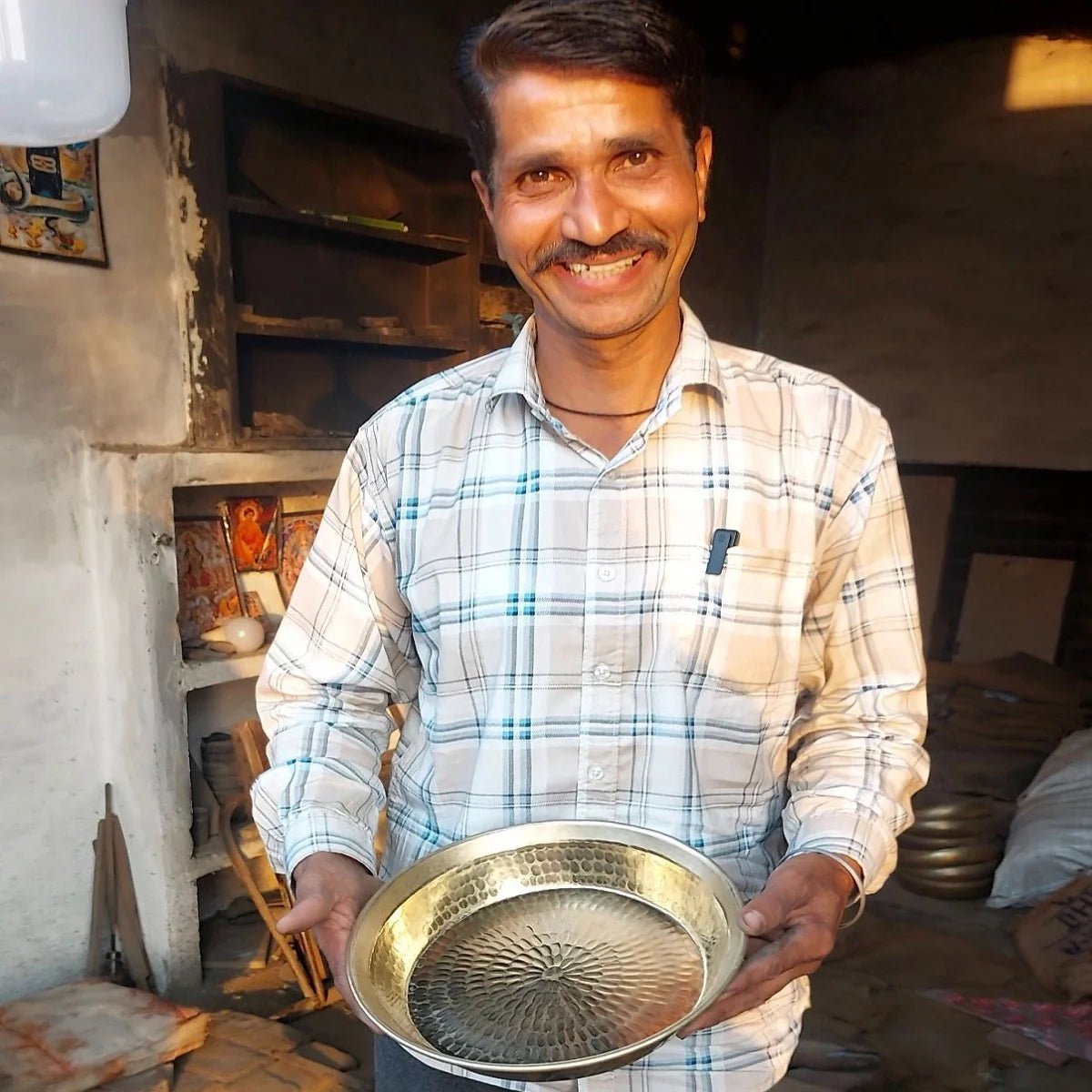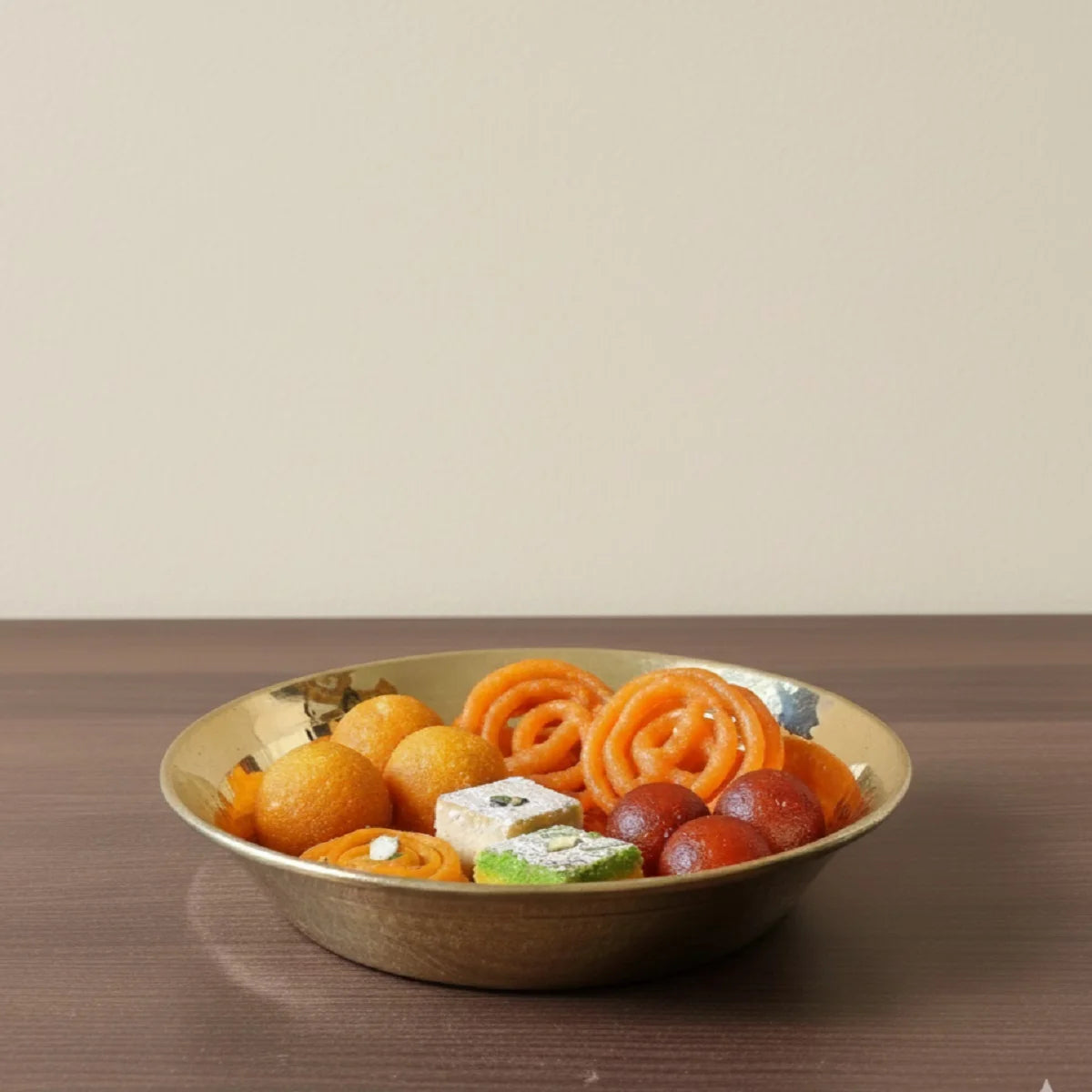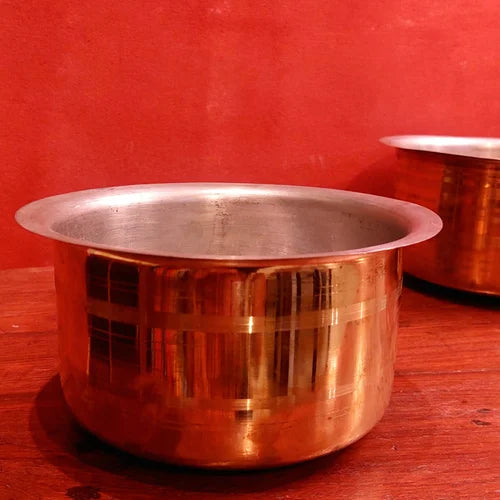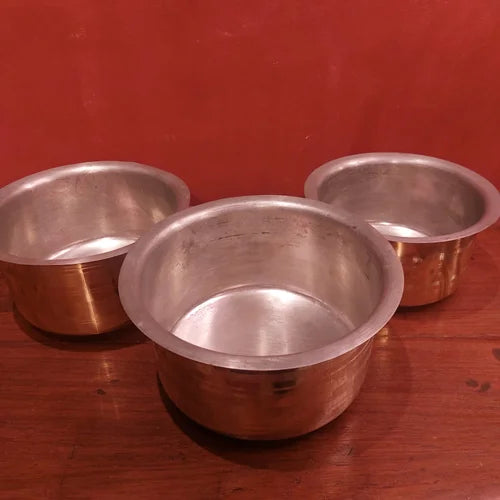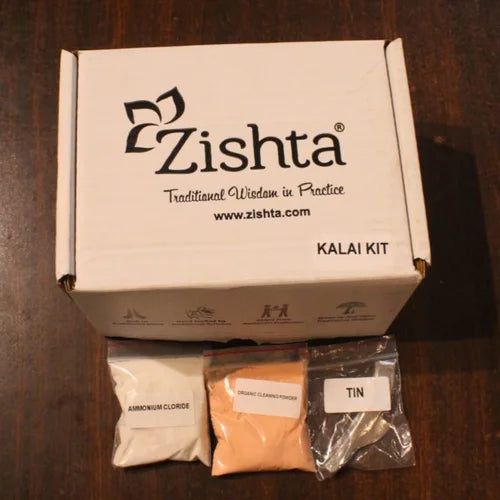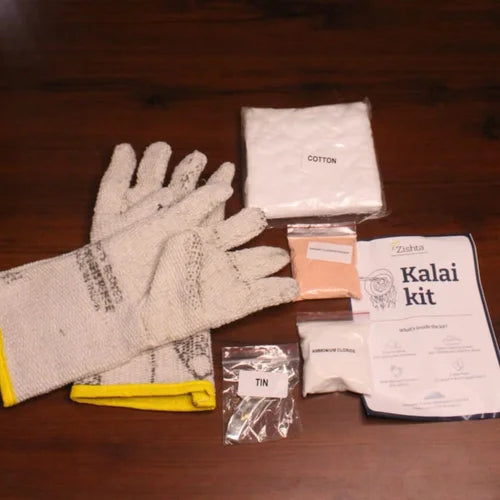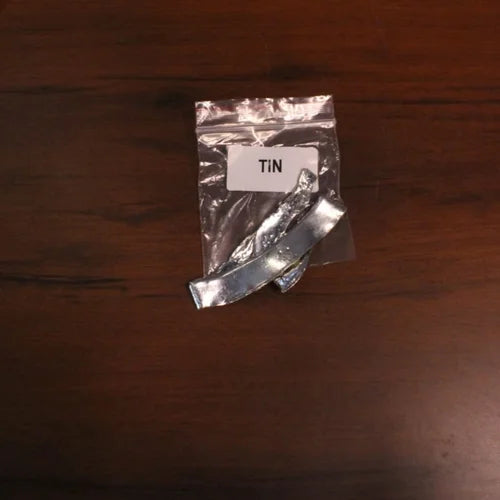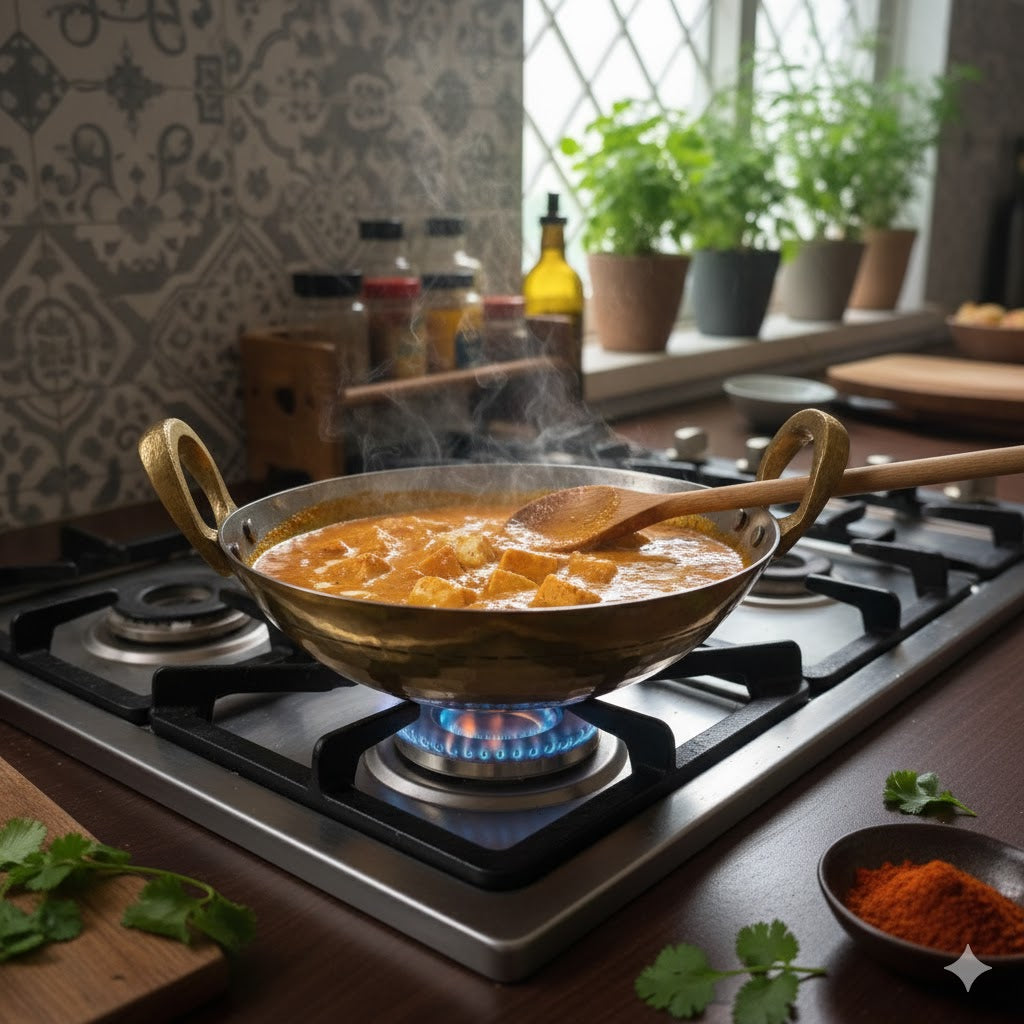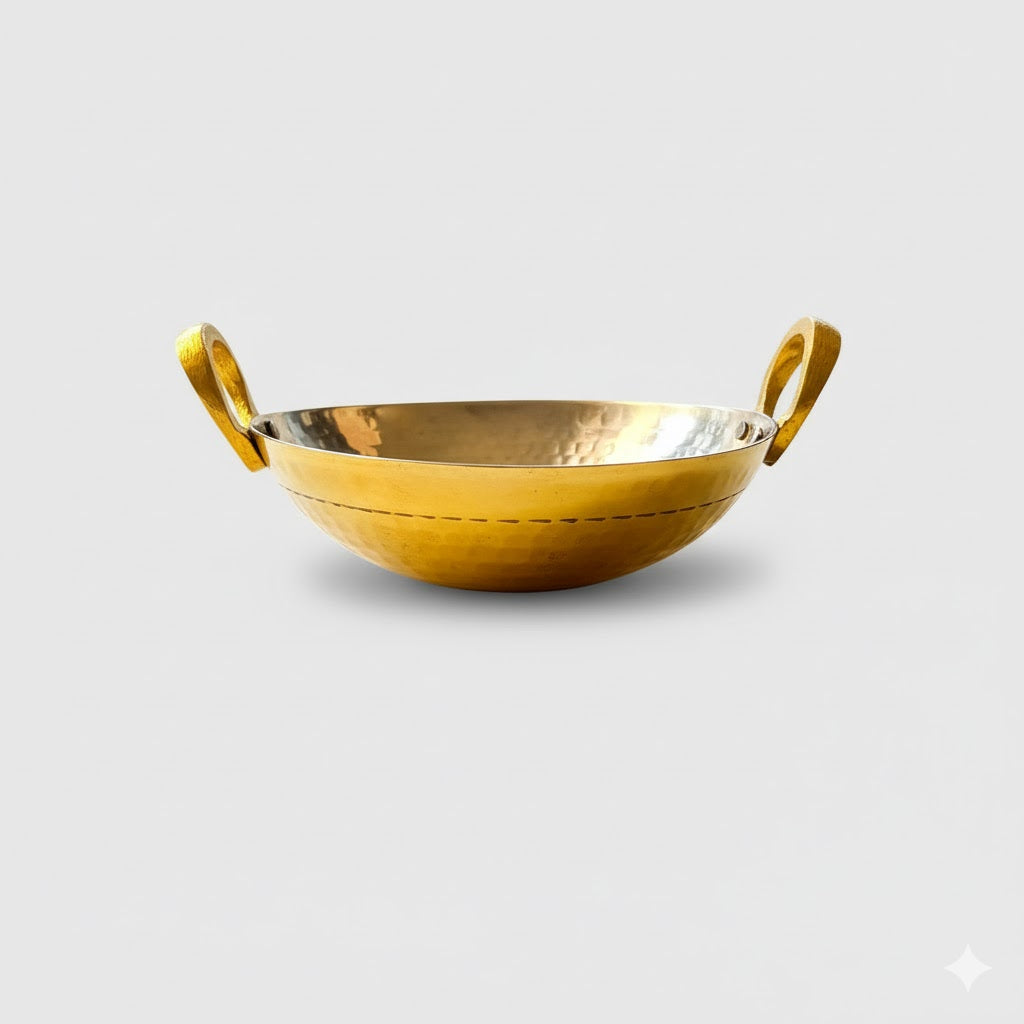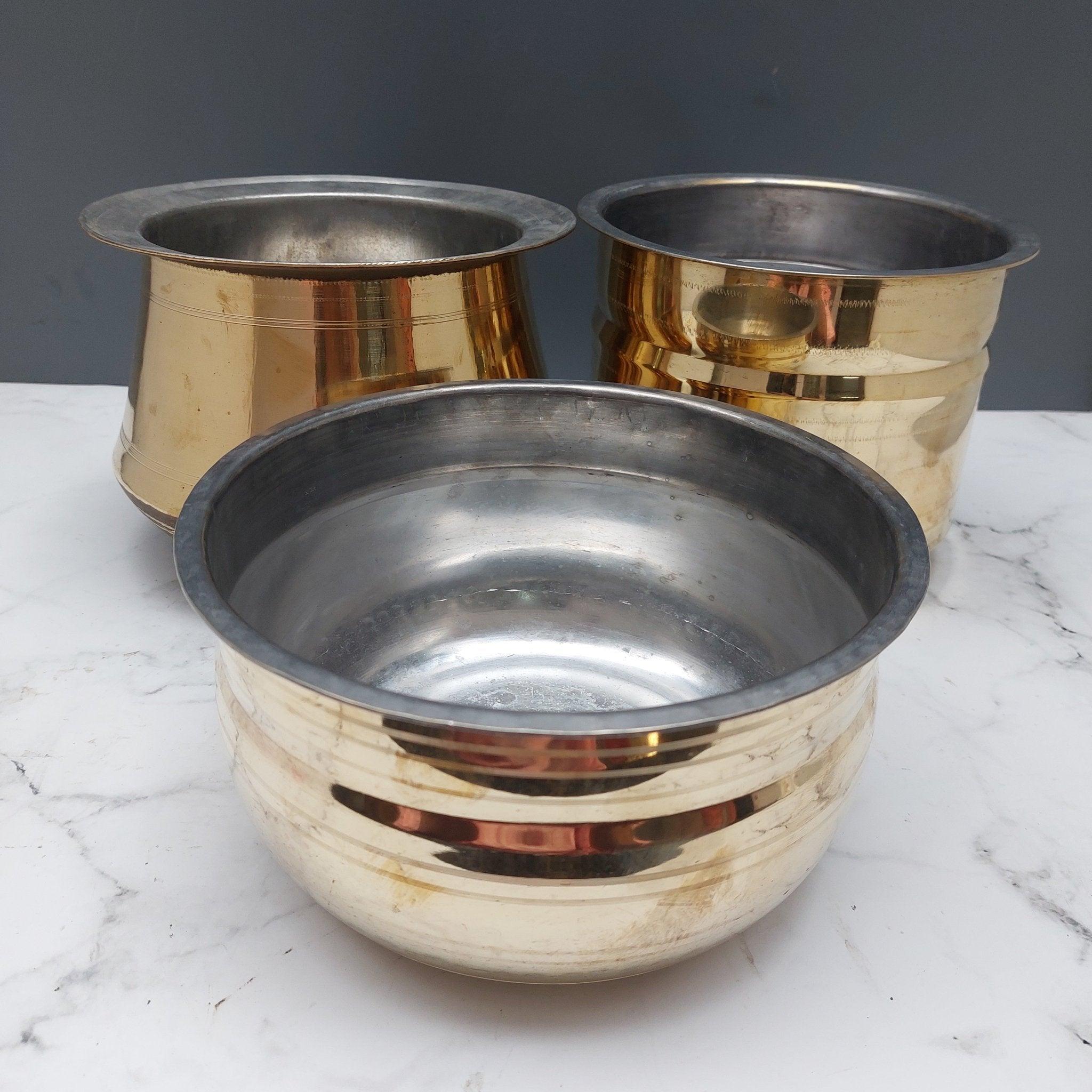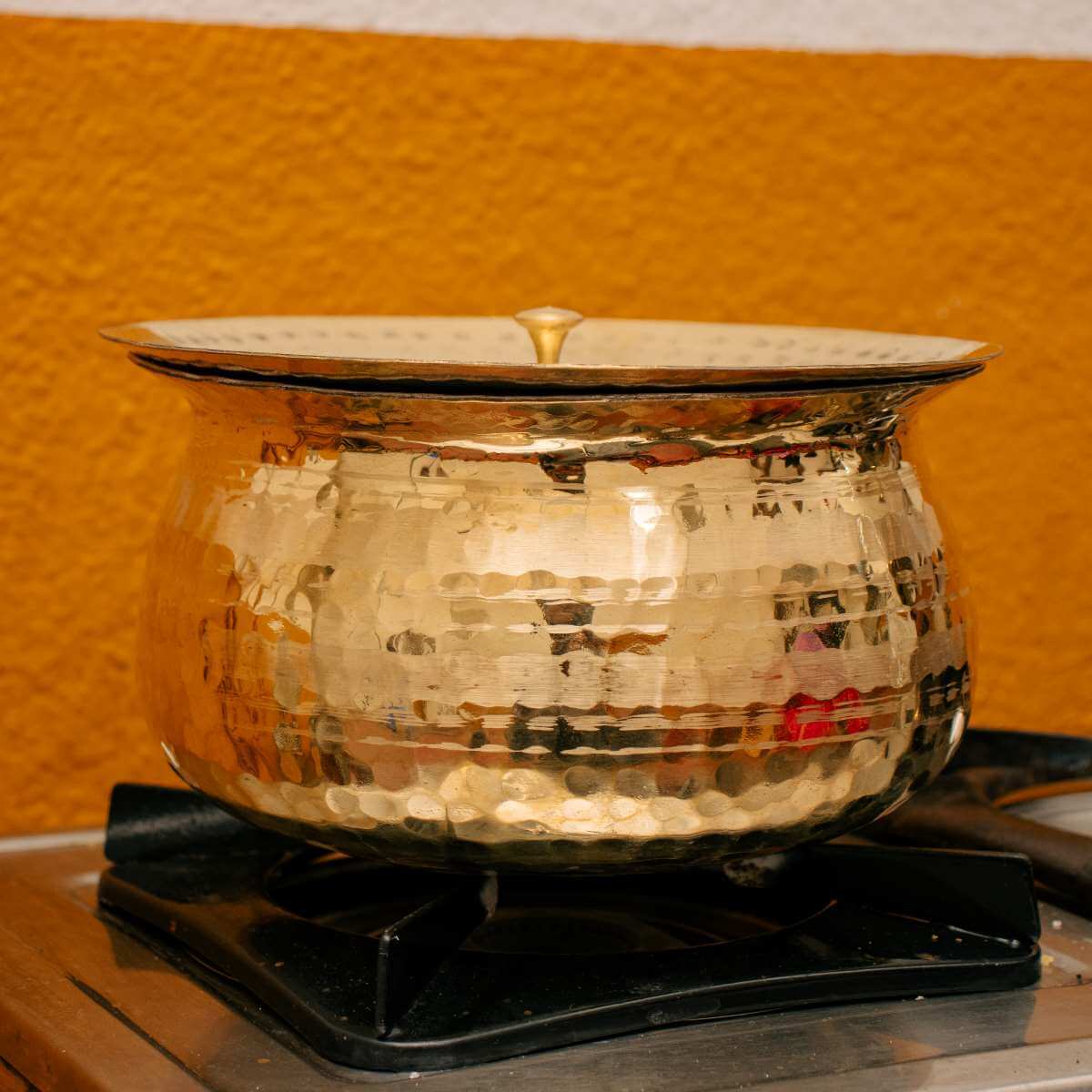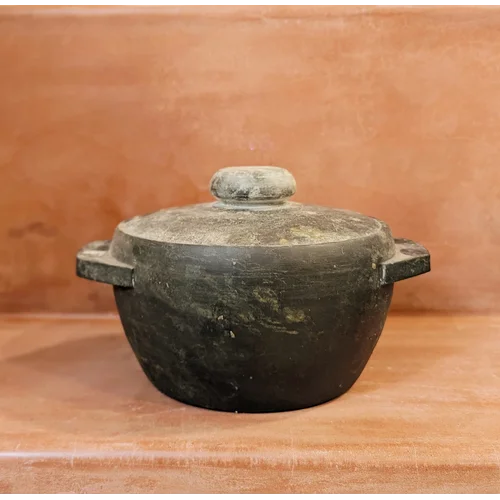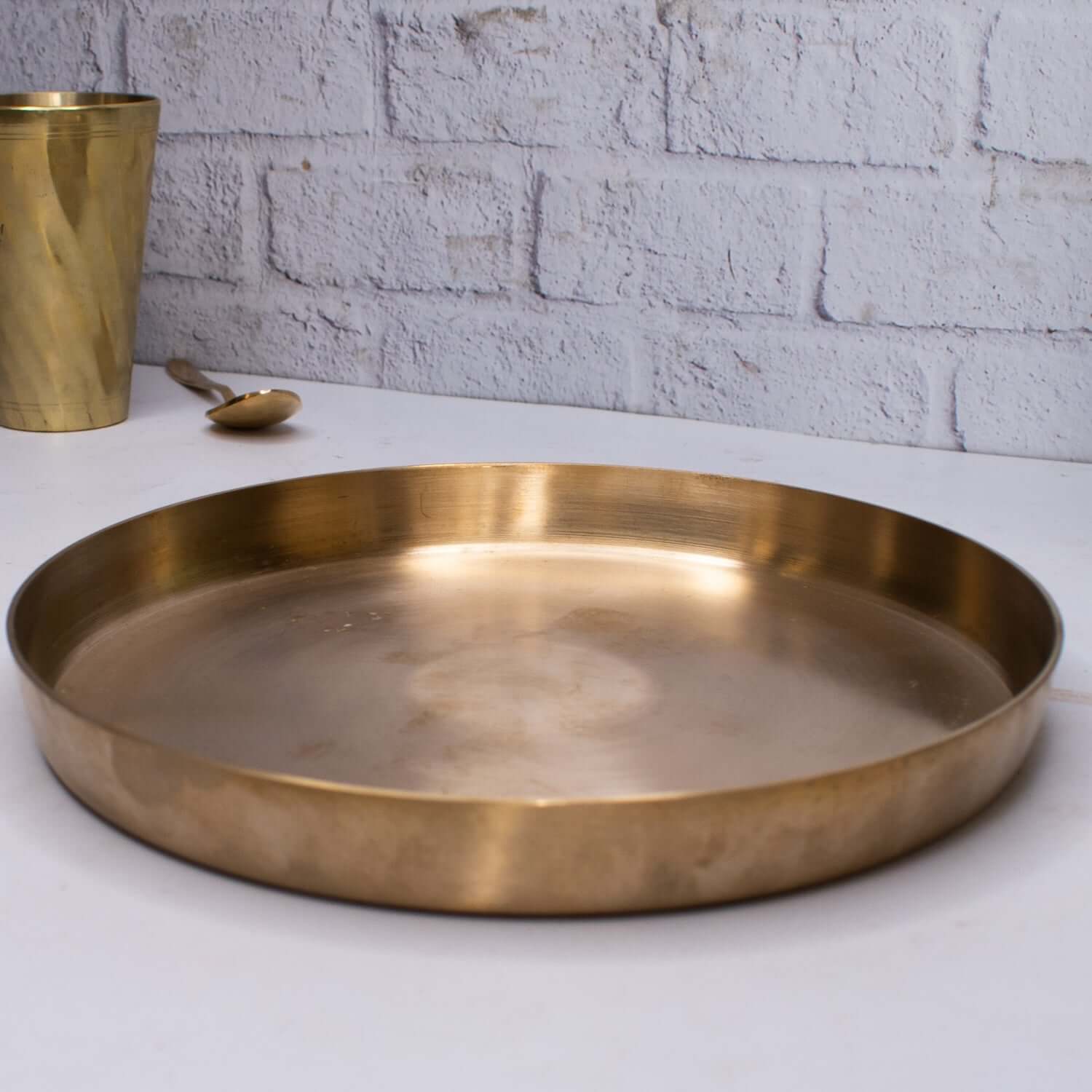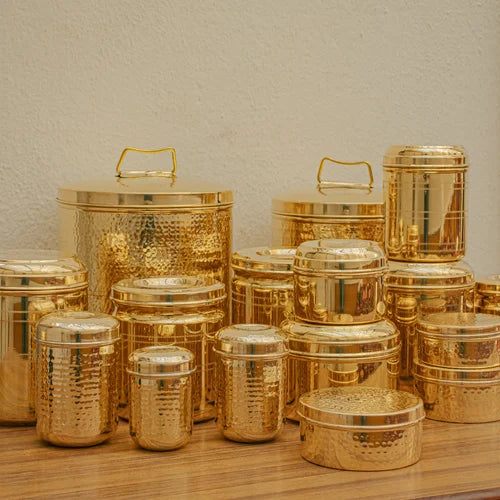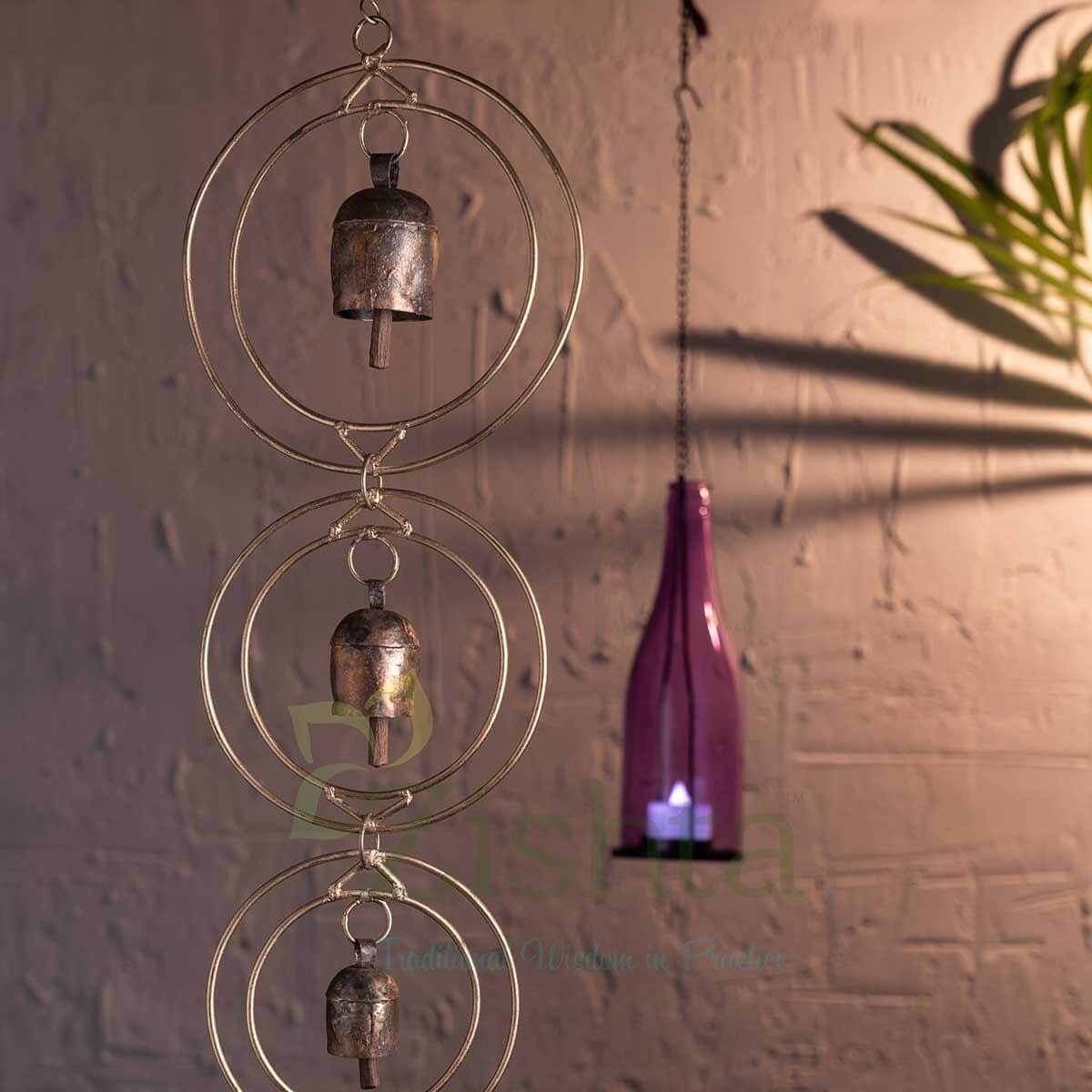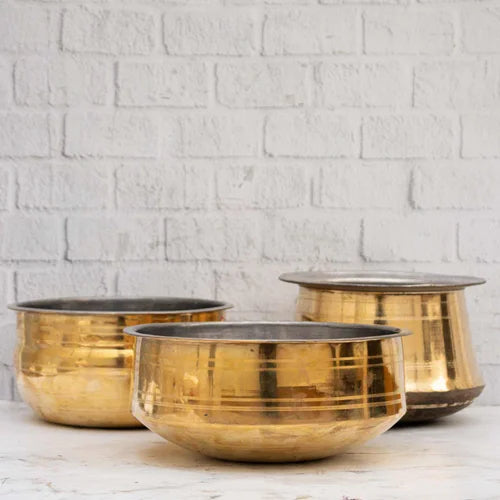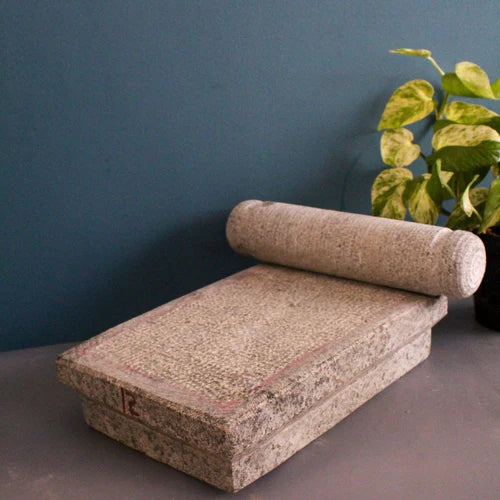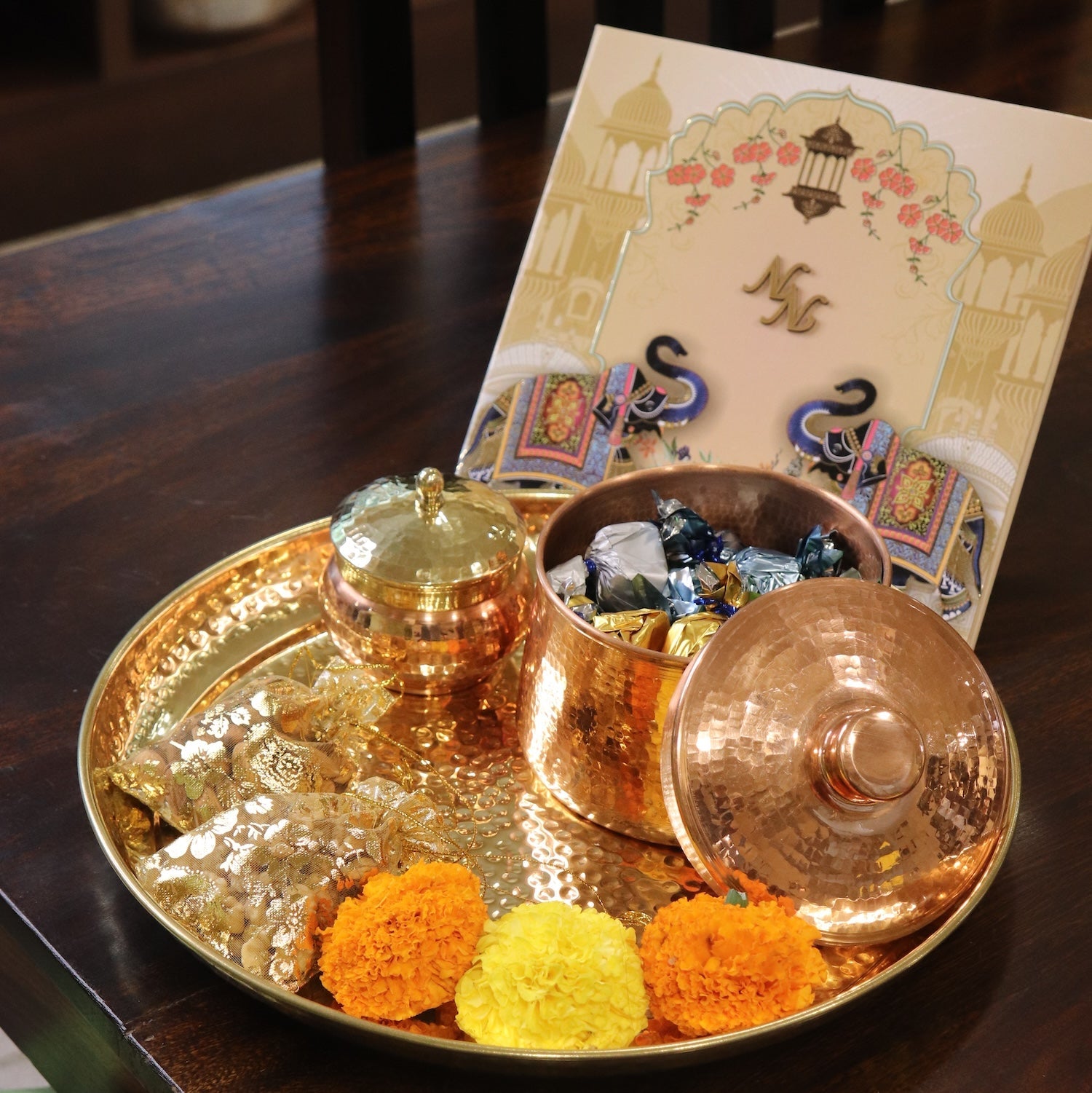Filters
31 products
Frequently Asked Queries
What is the Silver/steel finish on the inside of Brass and Copper Cookware
What you see on the cooking surface is called "Kalai" where we apply pure tin metal as a protective surface to prevent excessive leaching of copper /zinc into the food cooked in them.
How frequently do we have to re-do the kalai?
Depending on usage, the kalai can last anywhere between 8-15 months. Once you see the brass/metal colour on the inside cooking surface, please make sure you re-do the kalai and then use the cookware.
If we do the Kalai, how does the benefit of cooking in brass or copper get transferred to the food?
The key benefits of cooking in brass or copper is two folds:
1) Preserving >90% of nutrition- this does not get impacted due to Kalai
2) Neutralising Acidity: As tin metal as well as base copper or brass are alkaline metals, all the metals assist in neutralising acidity.
Both these key benefits are transferred to the food with the kalai.
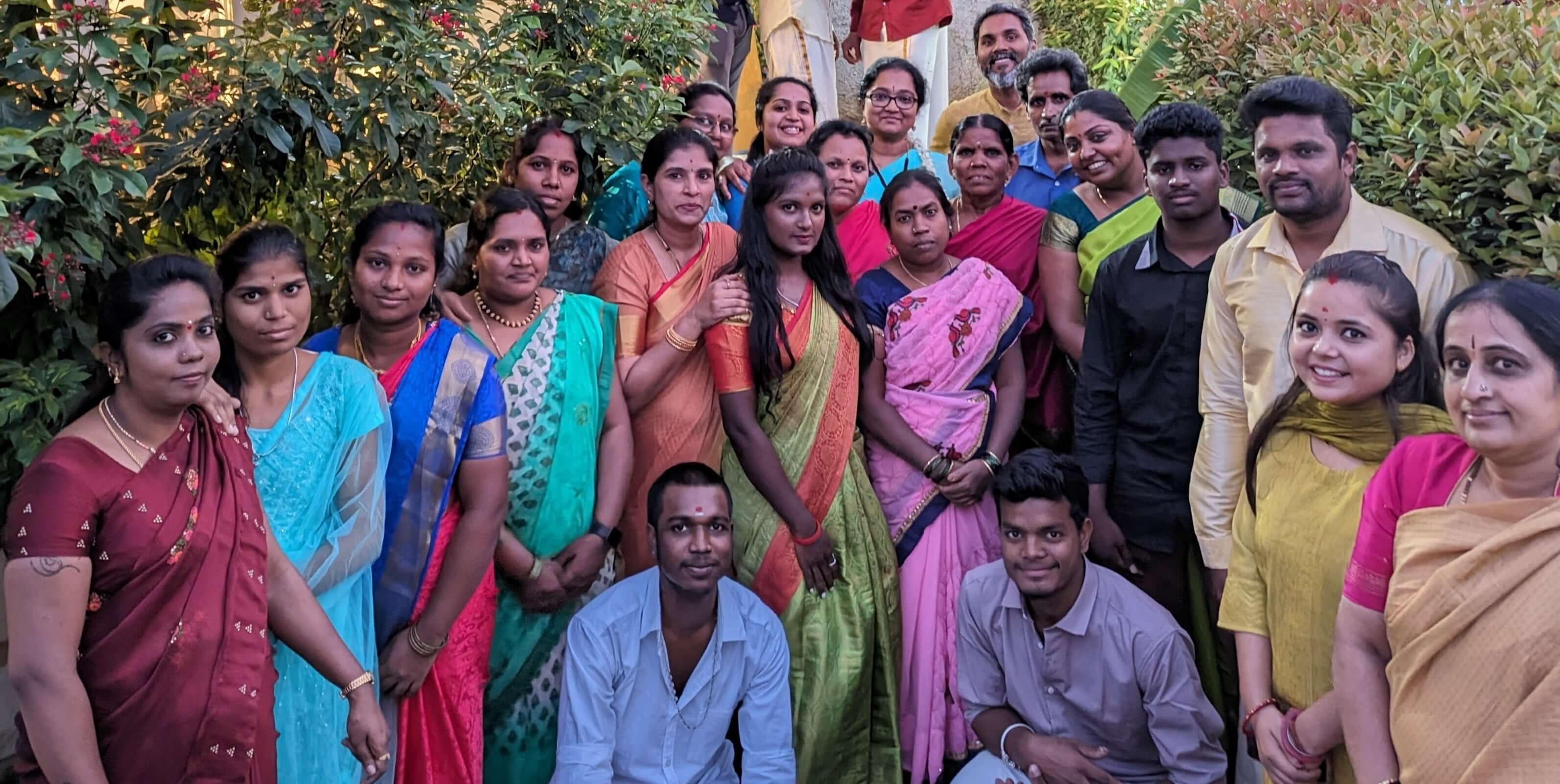
Explore the widest Traditional Collection
Shop by Material & Usage
Explore other blogs documenting traditional wisdom
Bodha

Benefits of Cooking in Pure Iron and Cast Iron Cookware
Learn why cooking in pure iron and cast iron cookware is trusted for healthy, chemical-free cooking. Covers heat control, durability, seasoning, and daily use.
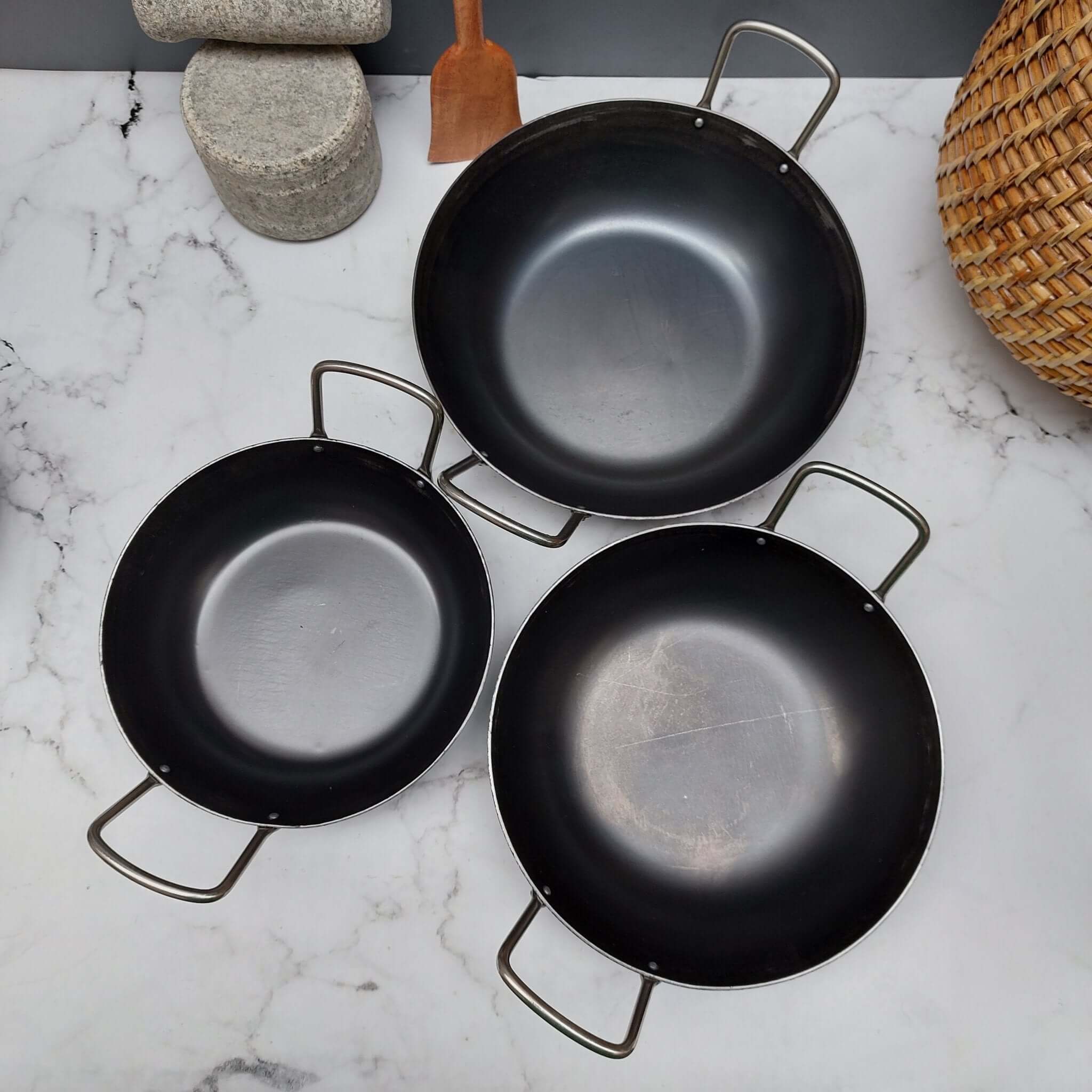
Pure Iron Cookware FAQs: Health Benefits, Safety, Seasoning & Daily Use
Clear answers to common questions about pure iron cookware. Learn about health benefits, safety, seasoning, rust care, and everyday cooking before you buy.
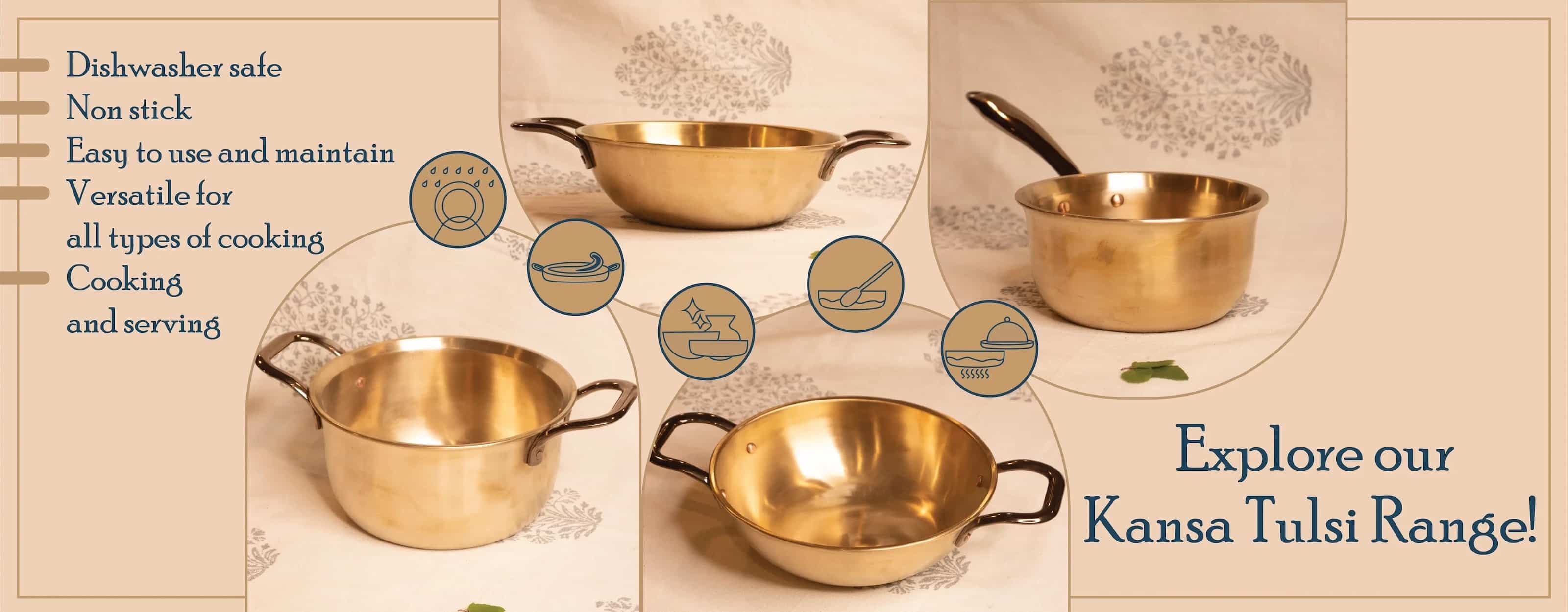
Zishta Kansa Cookware (Bronze Utensils)
Congrats on your journey to imbibe traditional wisdom to your home. Zishta is glad to be a part of this journey and support you with authentic traditional knowledge gathered through our journeys, d...

